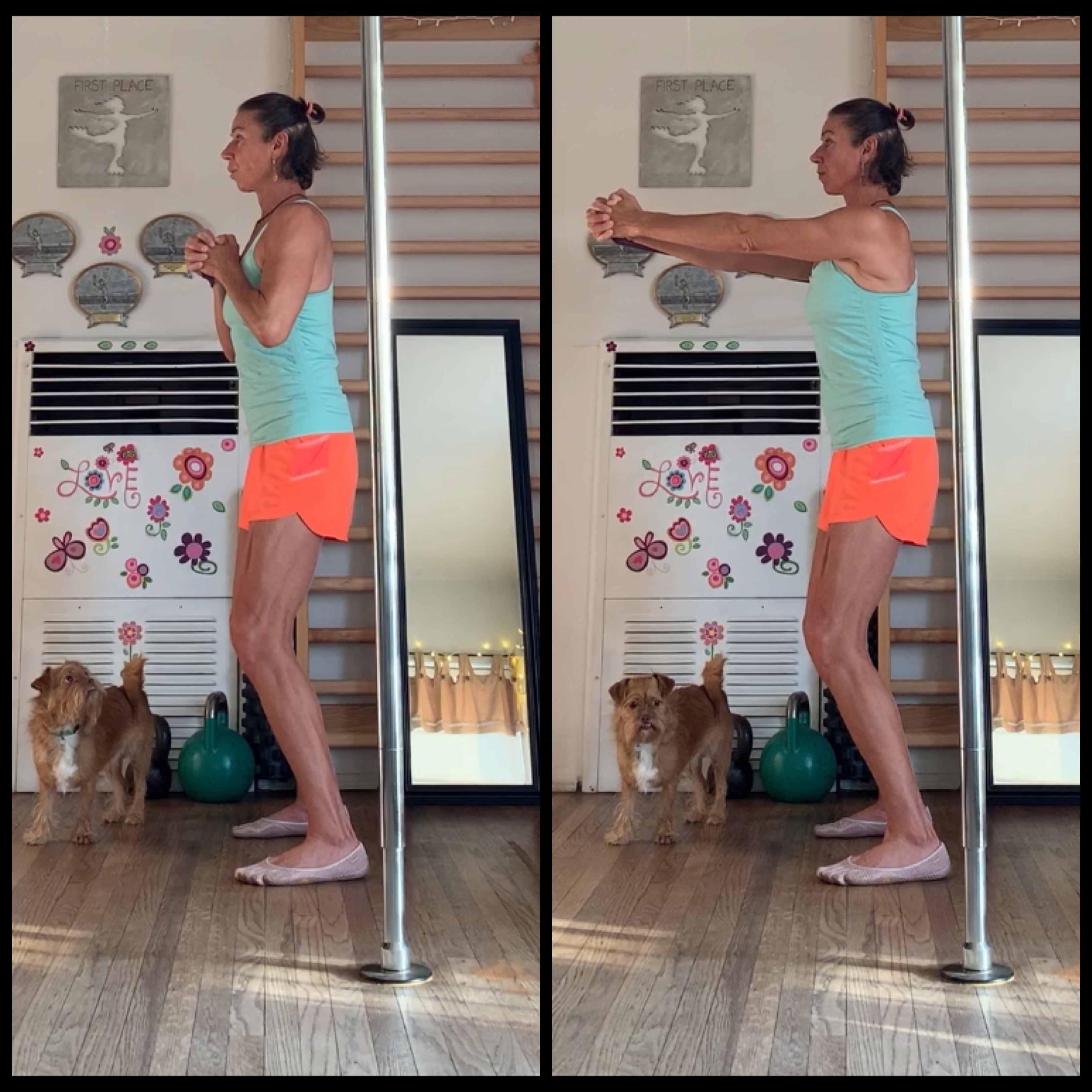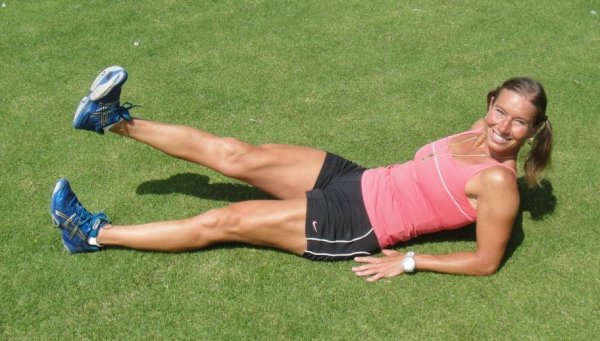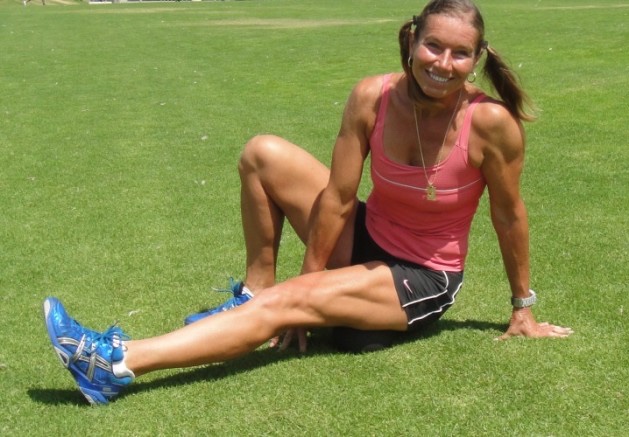Pallof press will benefit all athletes and fitness warriors by strengthening the deep core muscles and working all the muscles that influence trunk rotation.
Pallof press works as a spine anti-rotation stabilizing exercise, addressing the local and global muscles around the core. It works as a rehabilitation exercise for back pain, prehabilitation, or strength exercise.
There are many muscles in many different layers in the trunk region. The “local” muscles are muscles that cover small segments and attach to the spine, such as multifidus, rotator muscles, and TVA (transverse abdominis). The global muscles stabilize and control the motion of the spine and often cover larger segments and do not directly attach to the spine. These muscles are rectus abdominis, erector spinae, obliques, and even lats.
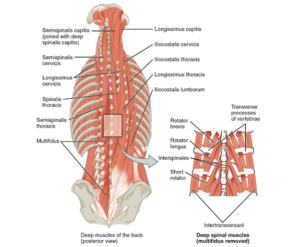
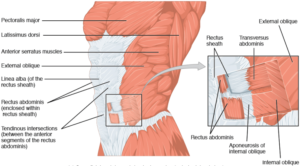
The Pallof press will work ALL these muscles isometrically to limit trunk and spinal rotation. When you can control trunk motion and passive core stiffness, you will get tremendous athletic and rehabilitation benefits. Passive core stiffness helps to transfer force and can enhance the amount of load the spine can handle.
You can do the Pallof press either standing or kneeling. The kneeling variation is an excellent start to introduce the exercise to your repertoire because taking the legs out of the equation limits any compensations from the lower body.
Pallof press, standing
- Get a band (or cable) anchored just below the shoulder height.
- Stand perpendicular to the anchor and hold the band with both hands in front of your chest.
- Slowly press your arms forward, away from your chest until the elbows are completely straight.
- Hold the end position for a second while keeping your hips and shoulder facing forward.
- Bring your arms slowly to the starting position.
- Do 4-5 sets of 10-12 repetitions.
.
You want to feel your core, obliques, and back muscles working, as well as your shoulders and arms that are assisting in keeping the perfect form.
Do not let the band pull you and rotate your upper body. Keep your arms straight and the hips facing forward. Don’t twist your back or hips. You may need to experiment to find the right resistance. If it is too easy, step away from the anchor a little bit. If you find it too hard to control the optimal position and form, the band is too tight, and you need to step closer toward the anchor.
Some other variations of Pallof press:
- Lunge position, inside (closer to the anchor) or outside leg forward
- March in place
- Keep your arms extended (isometric) and step outside with the leg
Also, for deep core stability, learn how to do and practice diaphragmatic breathing (also called 90-90 breathing) that we addressed in the previous article.
If you look for a tiny book with basic exercises, stretches, myofascial release and much more to re-create the musculoskeletal balance in your athletic body, stop looking, it’s here! On Amazon, “Tennis Fitness for the Love of it”
.

